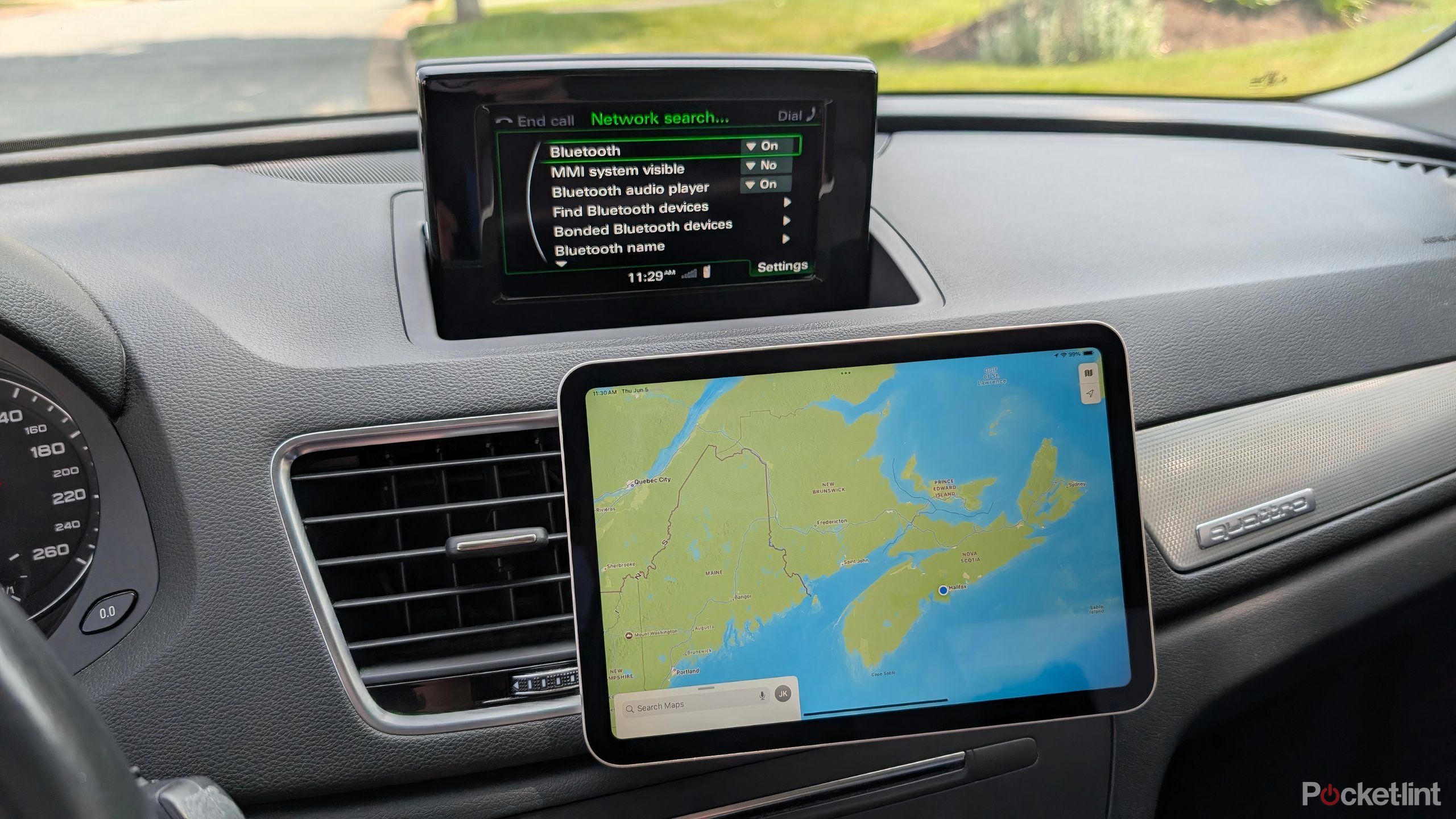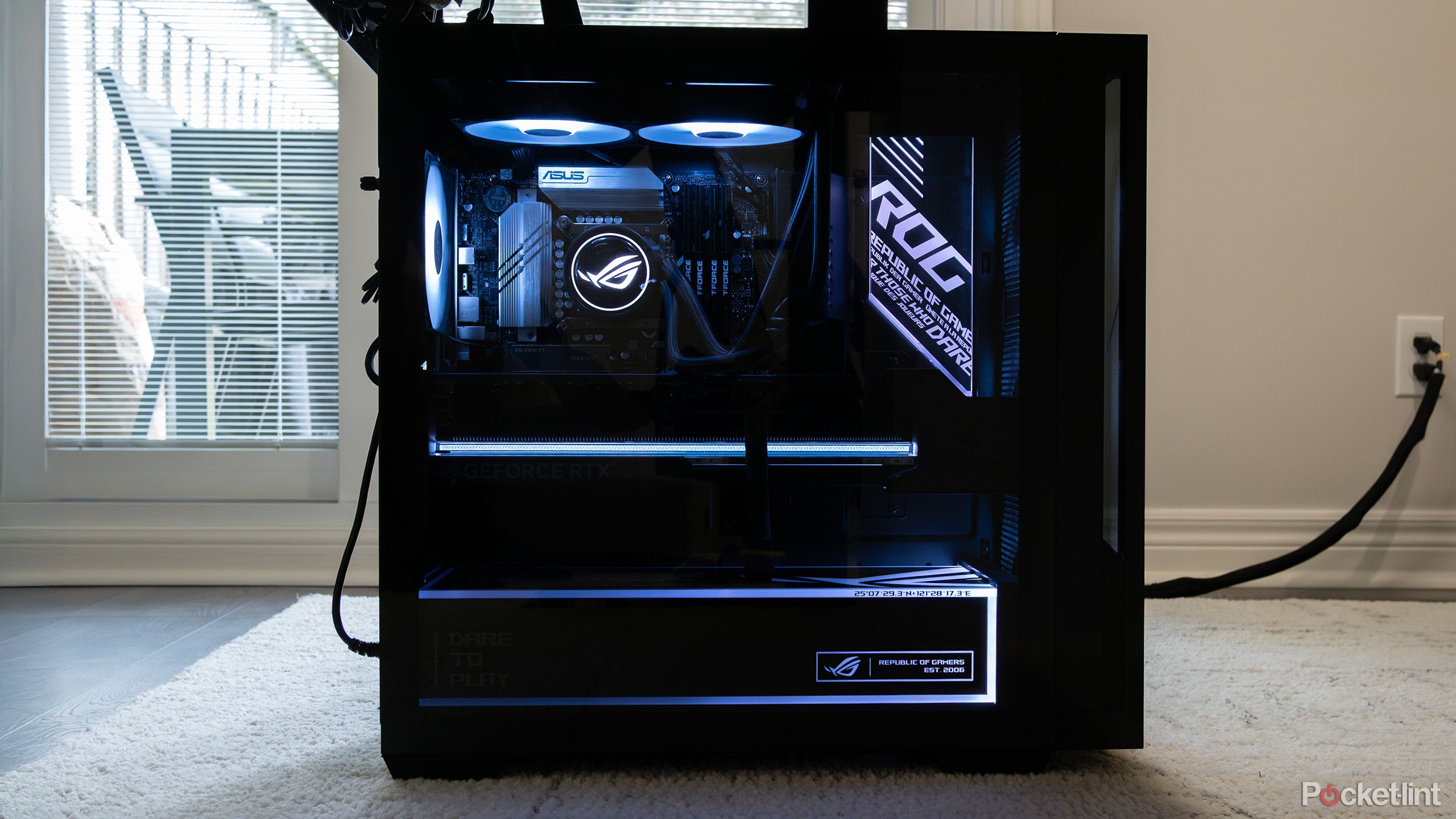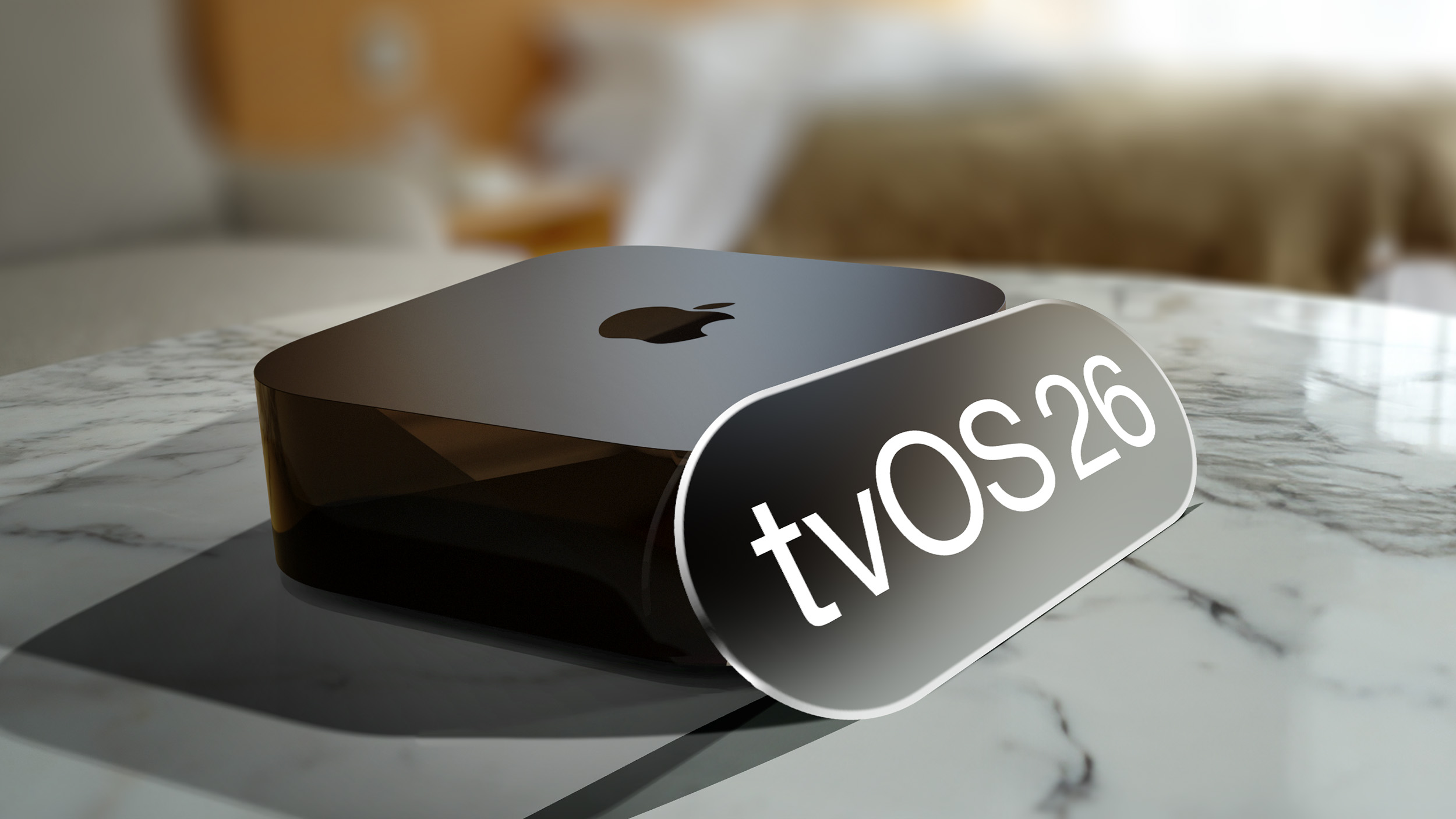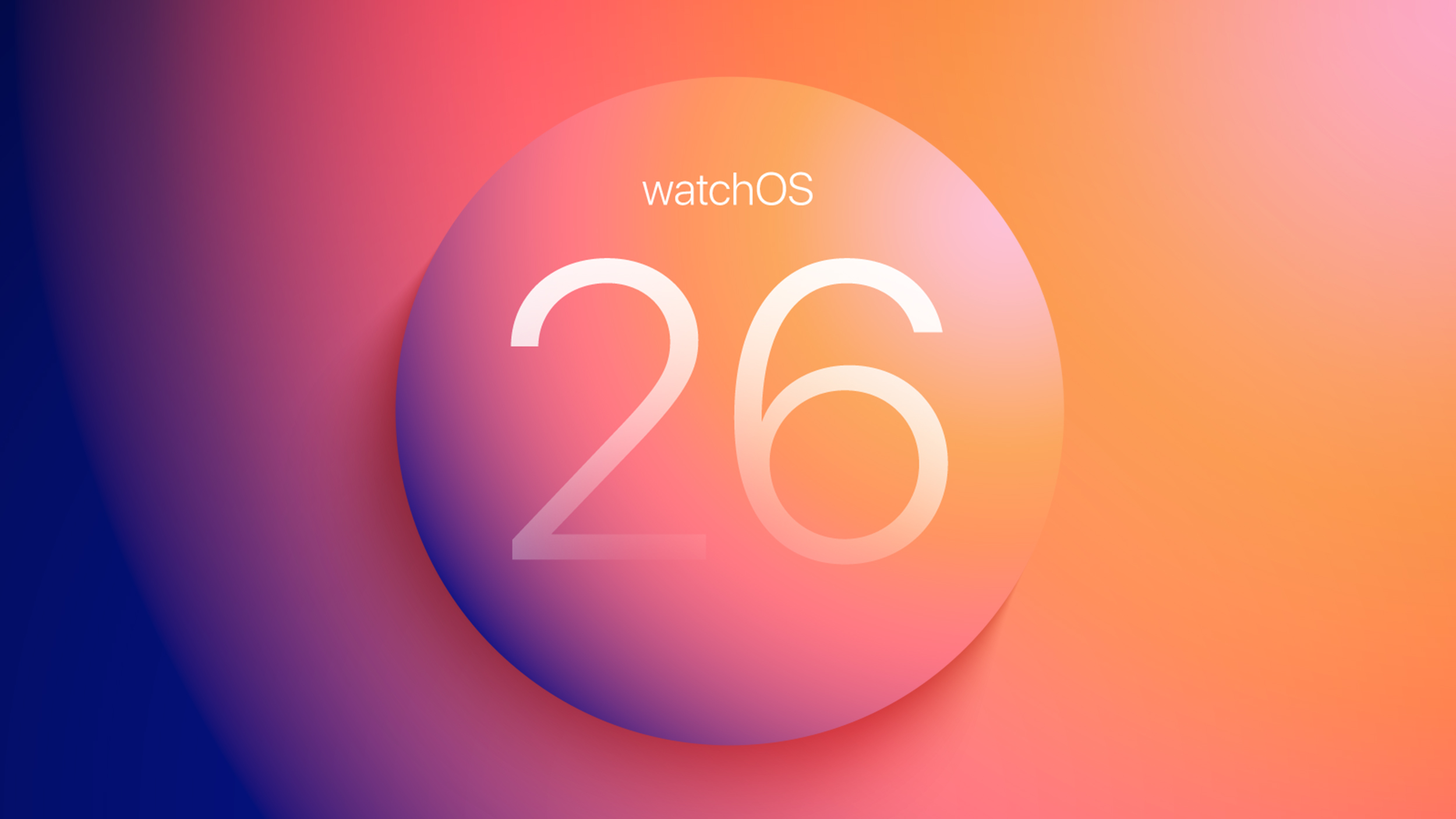Rainbow Six Extraction preview: Aliens and ass-whooping
Ubisoft’s Rainbow Six franchise has undergone many mutations since its first iteration was released in 1998. Originally a first-person shooter which strove to approximate the experience of participating in a team of elite anti-terrorist soldiers with an emphasis on realism, it featured a tactical planning phase which, for some, was just as much fun as the actual shooting.
Between then and 2015’s Rainbow Six: Siege, it jealously preserved the air of realism, but morphed into a five-versus-five team-based shooter that has carved out a significant niche in the world of e-sports.
Rainbow Six Extraction, due to be released on January 20, marks another step-change for the franchise: this time around, it offers a co-operative, rather than player-versus-player (PvP) experience, in which three-person teams face down the threat posed in various American cities by an infestation of parasitic aliens. So what’s it like?
Cleaning up an alien infestation
In the build-up to Extraction’s launch, we had the chance to spend roughly four hours playing a preview build streamed to a PC via Ubisoft Connect. What surprised us was how much fun we had doing so: past incarnations of Rainbow Six, very much aimed at the first-person shooter hardcore, often possessed something of an intimidatory quality, yet Extraction feels more mainstream, forgiving and accessible than we expected, without losing Rainbow Six’s trademark sense of rigour.
It was even possible during our gaming time to detect a slight hint of playfulness in Extraction, due to its alien-infestation theme, with which the developer, Ubisoft Montreal, has clearly had some fun.
A brief intro signals the arrival on Earth of an alien parasite race called the Archaeans, with a military organisation called REACT – to which you and your fellow operators belong – detailed to deal with them, a process that extends beyond mere alien elimination, and into finding out more about them.
The Archaeans themselves prove to be varied in form, offering a range of threats. Some are anthropomorphic, the most basic of which can only melee, while Elite ones possess ranged attacks, and can absorb a lot of bullets before going down. There are also four-legged Archaeans that scuttled around with shell-like protuberances on their backs, looking to get close to the operators: those with red shells explode when hit, while the green variants emit green clouds of poisonous spores.
The Archaeans also bring some organic infrastructure: nests from which new enemies emerge; and spines, connected to an underground network, which allow a degree of resurrection for enemies. That infrastructure can provide some interesting variation in the objectives that your three-man team face, and in general, the threats posed by the different types of Archaeans feels akin to that posed by the denizens of the more sophisticated zombie games.
There’s a lot of satisfaction to be had from dispatching Archaeans, which die in a pleasingly squelchy fashion, and plenty of inventiveness displayed in their lore. For example, any REACT operators who fall in battle – a process that involves them being encased in protective foam – would be embedded in tree-like Archaean structures, adding a puzzle-style element to their subsequent rescue. In some areas, Archaeans can cover the floors and walls in grey gunk called Sprawl, which slows down operators.
Taut, three-person co-operative structure
In terms of general feel many of the operators are familiar from Rainbow Six: Siege, along with the weaponry and REACT gadgets, such as the familiar wheeled reconnaissance drones – but Extraction is unmistakably a Rainbow Six game, differing markedly in structure.
The most obvious aspect of that difference is the deployment of three-person teams against AI-controlled alien threats rather than other human players. We played the preview code entirely as part of a three-person team, although Ubisoft says it is possible to play Extraction solo, presumably with either random squad-mates or bots (although it’s difficult to see how the latter option would work well, given the need for close co-operation among squad-mates).
The missions we played were taut, focused and surprisingly flexible: each included three objectives, but if we ran into trouble at any point – by losing an operator, say, and having to carry them to an extraction point – we could opt to extract the team with objectives still unfulfilled.
The objectives form the backbone of Rainbow Six Extraction, possessing sufficient variation to keep you from feeling you’re simply being asked to do the same thing over again. You might have to install trackers on dormant nests, eliminate Elite Archaeans with stealth takedowns (in the process sampling their DNA with your special REACT knife), lure Elites to a trap-equipped extraction zone, extract VIPs captured by Archaeans (involving a stealth approach, since the Archaeans would kill the VIPs once they felt under attack), scan particular areas (keeping the team in particular spots while Archaeans attacked from all sides), or plant explosive charges followed by a period of defending them from incoming enemies.
There’s even a moderate sense of creating your own story: if, say, you lose an operator in a mission, on returning to that map, you would be tasked with freeing them from imprisonment in an Archaean tree-structure.
The maps are impressive, typical of a Rainbow Six game in their close-in, self-contained nature. Each objective we sampled took place in a specific sub-zone of each map, with the team having to move to an airlock leading to the next sub-zone to tackle the next objective, providing an opportunity to restock ammo and gadgets, and replenish health.
Levelling up and unlocking
The levelling-up system feels spot-on, too, with XP awarded for each objective achieved, as well as lesser amounts for the number of kills, your strategic nous, and the state of your health at the end of a mission. The XP gained is applied to each operator, as well as to an overall REACT Progression score. Hitting milestones in the latter opened up new areas: Extraction starts in New York, before moving onto San Francisco, then Alaska. At first, 12 operators are unlocked, with an additional six becoming available when a REACT milestone is hit.
As the operators level-up, their abilities are upgraded. Extraction cleverly ensures that you pretty much have to sample all the operators, since any which sustain damage would become temporarily unavailable until full health was restored (although the XP awarded after each mission also includes a small health boost for injured operators) and any operators captured by the Archaeans are naturally unavailable until they’ve been rescued.
The operators’ abilities vary wildly – in familiar fashion for those who have played Rainbow Six: Siege – from buffing team-mates’ health to temporary invisibility, via the likes of planting auto-turrets and reinforcing walls (Extraction includes that recent Rainbow Six staple: destructible environments). It helps to have a health or adrenaline-buffing squad member, but there’s a random element to operator choice, introduced by lack of availability of injured operators at the start of each mission. Rainbow Six: Siege stalwarts used to specialising in playing as a single operator probably won’t like that, but it will at least jolt them out of their comfort zone.






